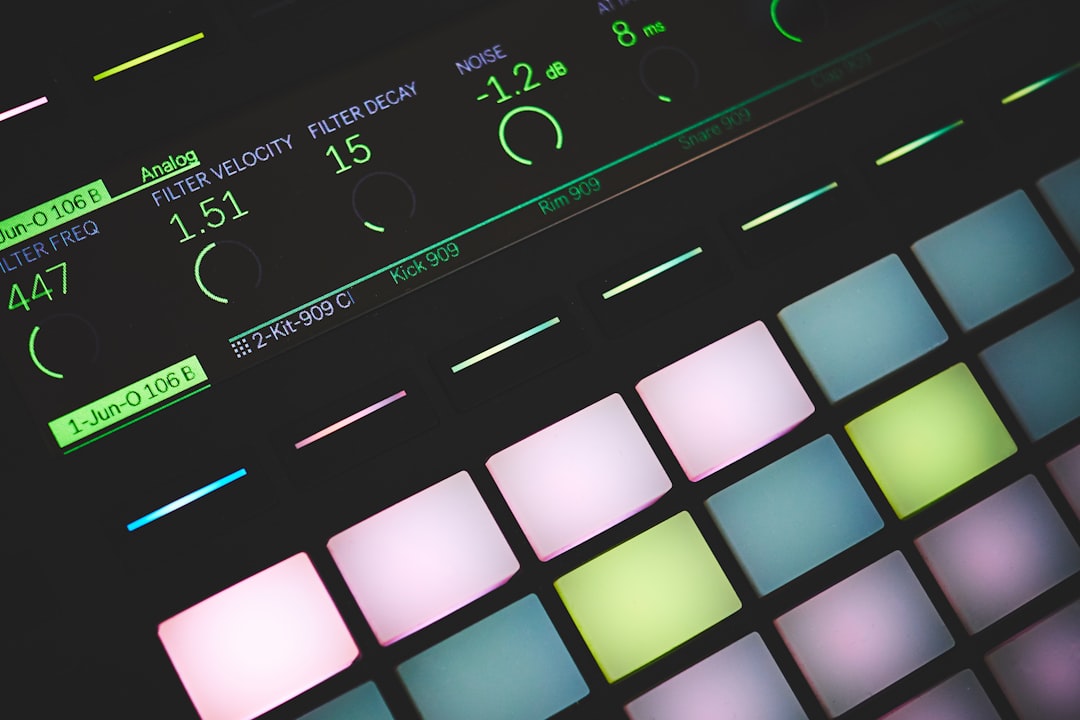Modularized blockchain technology significantly increases transaction speeds, reduces costs, and enhances development flexibility through core features such as discrete execution, consensus, and data availability. This article provides an in-depth analysis of the top five modular blockchain projects and their technical features:
1. Arbitrum
The Ethernet Layer 2 scaling solution utilizes Optimistic Rollups technology to achieve 40,000 transactions per second. Its Arbitrum Virtual Machine (AVM) is fully compatible with EVM and is secured by a fraud proofing system. The latest Stylus upgrade supports Rust/C++ smart contract development.
Key Benefits:
- Transaction costs reduced by 90% over Ethernet
- Deploy existing Ethernet dApps without modification
- Decentralized governance through ARB tokens
2. Manta Network
Modularized eco-system focused on Zero Knowledge Proof (ZK) applications, including Manta Pacific L2 based on Ethernet and Manta Atlantic L1 on Polkadot, with Celestia for data availability, transaction fees reduced by 90% compared to traditional L2, and support for 200+ privacy-protecting dApps.
3. Celestia
Pioneering Data Availability Sampling (DAS) technology enables light nodes to validate large blocks of data. Its modularized architecture allows developers to build their own sovereign rollups and achieve high throughput through the CometBFT consensus mechanism.
4. Optimism
Adopting Lokan aggregation technology for Ethernet L2, Bedrock's upgrade reduces transaction costs by 47%. Fully compatible with EVMs and enabling community governance through OP tokens, its Superchain vision focuses on building cross-chain interoperable networks.
5. Berachain
Modularized L1 chain based on Cosmos SDK with innovative Proof of Liquidity (PoL) mechanism to incentivize DeFi participation. Adopts three pass economic model (BERA/BGT/HONEY) to support seamless EVM migration.
[Technical Evolution]
Blockchain is transitioning from a monolithic architecture (e.g. Bitcoin, Ether 1.0) to a modular design. This layered architecture will:
- Executive: Processing Smart Contracts
- Consensus Layer: Validating Transactions
- Data Availability Layer: Storing Transaction History
- Clearing Level: Completion of final trade confirmations
[Select Points]
Evaluating modular blockchain projects requires consideration:
- Technical background and track record of the team
- Practical use cases and problem solving skills
- Technical Architecture Security and Scalability
- Community Activism and Developer Support
- Cross-chain interoperability design
- Rationalization of the Token Economy Model
[Core Strengths]
Modularized blockchain has advantages over traditional architecture:
- Increase transaction throughput by 10-100 times
- Lowering the cost of Gas above 90%
- Support customized application chain development
- Seamless protocol upgrades
- Inherits the security features of the underlying chain
Note: Solana is still a monolithic architecture and all nodes are required to handle the full range of on-chain functionality.
Disclaimer: The contents of this article are for informational purposes only and should not be construed as any form of promotion, investment advice, or invitation, solicitation or recommendation of any investment product.
The contents of this article have been reprinted.offensiveIf there is anything wrong, please contact us and we will remove it immediately, thank you.
Readers should make their own assessment and seek professional advice.





